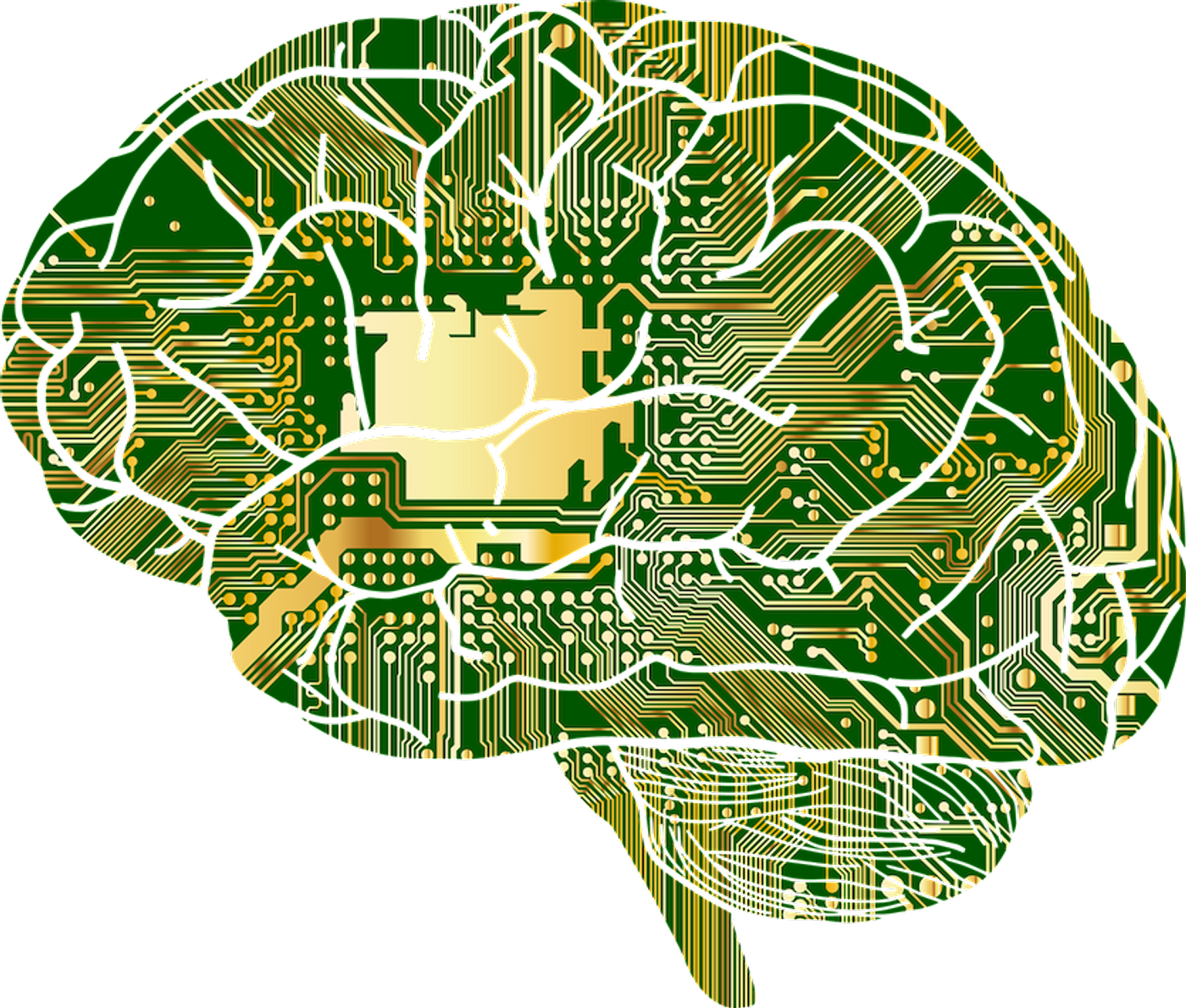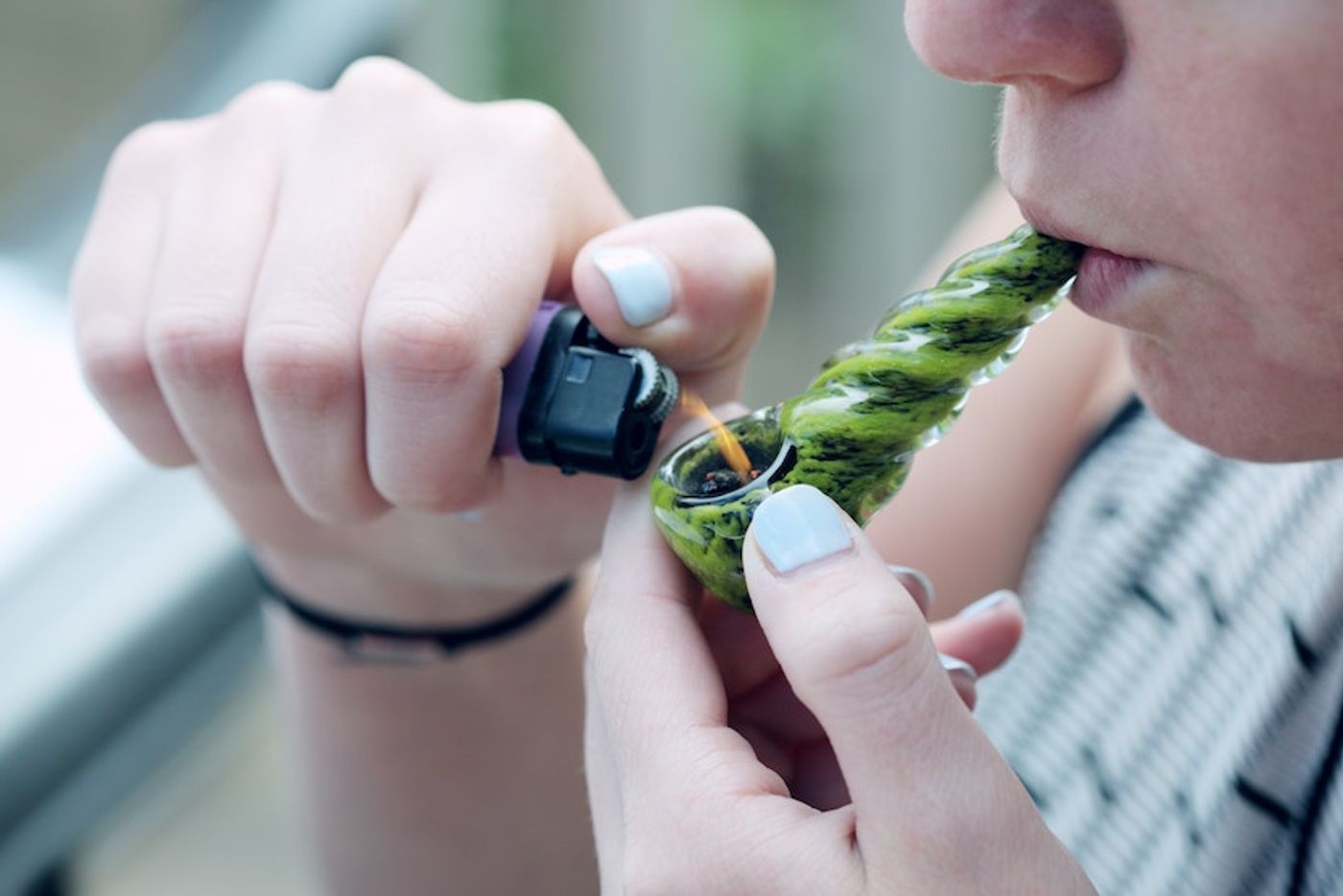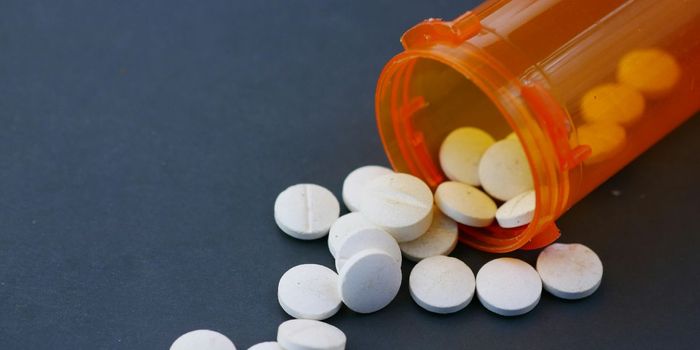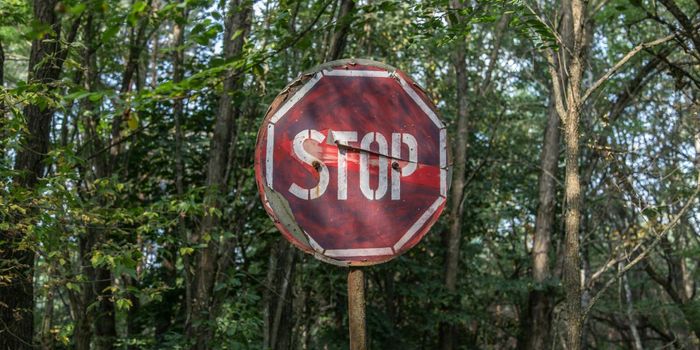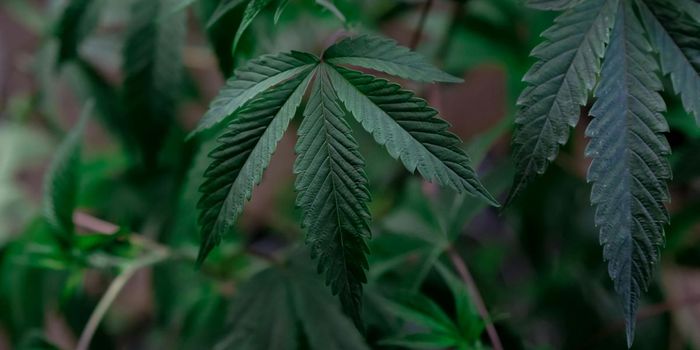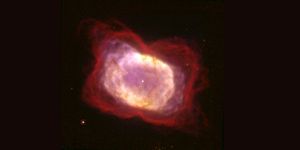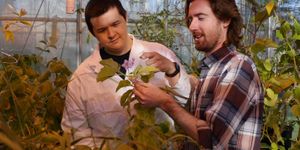Study Finds CBD Counters Effect of THC on Brain Connectivity
A recent study published in the Journal of Psychopharmacology, conducted by Dr. Matthew B. Wall and colleagues from Invicro London at Hammersmith Hospital in London, suggesting that cannabidiol (CBD) can counter the effect of delta-9-tetrahydrocannabinol (THC) on functional connectivity. This supports previous research that shows the counteracting effects of CBD on THC effects. CBDs have been suggested to counter the psychoactive properties of THC.
Photo source: Pixabay.com
These results are important given the increase in the production of high-potency cannabis. In these strains, the level of CBD has been all but bred out. The increase in potency is due to the percentage of THC in the plant. In terms of public health, the prevalence of high-potency cannabis may be behind the increase in cases of marijuana-induced acute psychosis. CBD is generally thought to produce feelings of calm (as well as other health benefits) and this effect could be very beneficial in taming the high levels of THC in today's pot. The study described here has found another way that CBD counters THC's effects: changes in functional connectivity.
The functional connectivity of different areas of the brain is associated with different states of mind. There are a variety of "modes" or networks that are determined by which areas are concurrently active. The basic "state" is known as the "default mode", which occurs during periods of rest (not sleep, just...not doing much). Other modes are related to various mental states such as salience and executive function.
To study the effects of THC and THC + CBD on functional brain activity, 17 study participants were given either cannabis with THC but no CBD (Cann-CBD; 8 mg THC), cannabis with both THC and CBD (Cann+CBD; 8 mg THC + 10 mg CBD); or placebo, and fMRI was performed to test the effects of 3 strains on 3 networks: default mode, executive control, and salience. Each of these networks centers around connectivity to various brain regions. The default mode is defined as positive connectivity with the posterior cingulate cortex; the executive control network is associated with negative connectivity with the posterior cingulate cortex, and the salience network is defined by positive connectivity with the anterior insula.
Photo source: UnSplash.com
The researchers found that the THC only group and the THC+CBD group had different patterns of activation. The THC only group had decreased connectivity in the salience network, compared to controls, which was rescued by the addition of CBD. The default mode was also disrupted in the THC only group, and this positively correlated with subjective feelings of being "high". These results add to the growing body of literature suggesting that CBD counteracts the effects of THC. So the next time you indulge (legally, please) you may want to have your CBD pen handy.
See the video below for a brief tutorial on the default mode network.
Video source: YouTube
Sources: Journal of Psychopharmacology, LabRoots, European Journal of Pharmacology, Proceedings of the National Academy of Sciences (PNAS), Journal of Neuroscience
